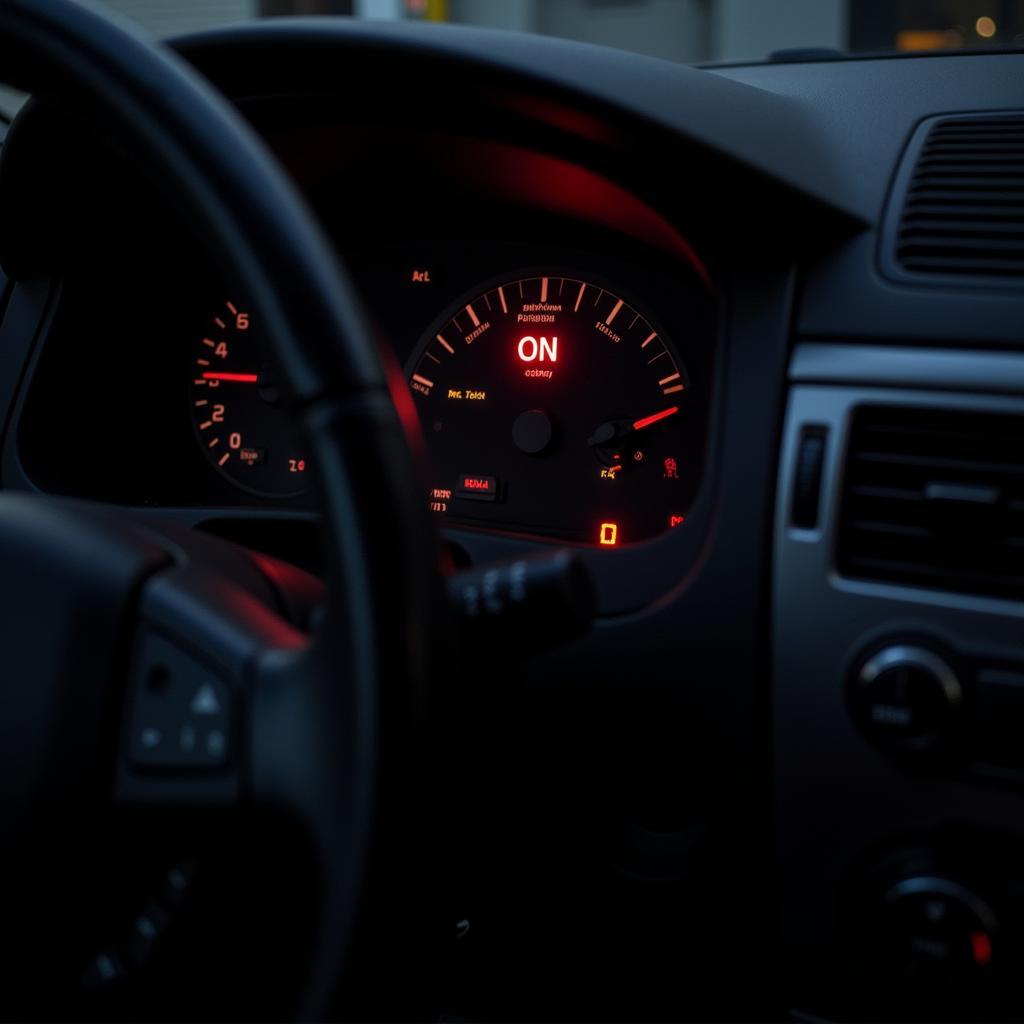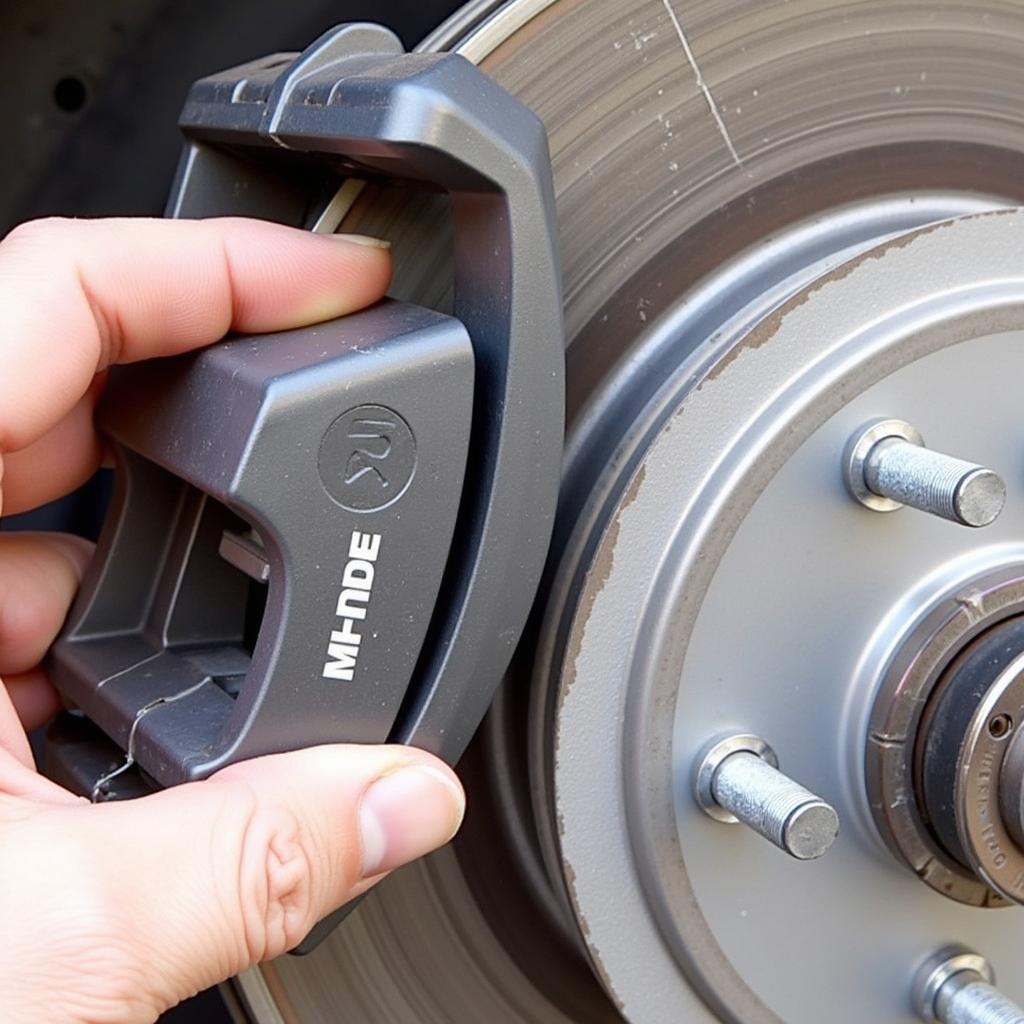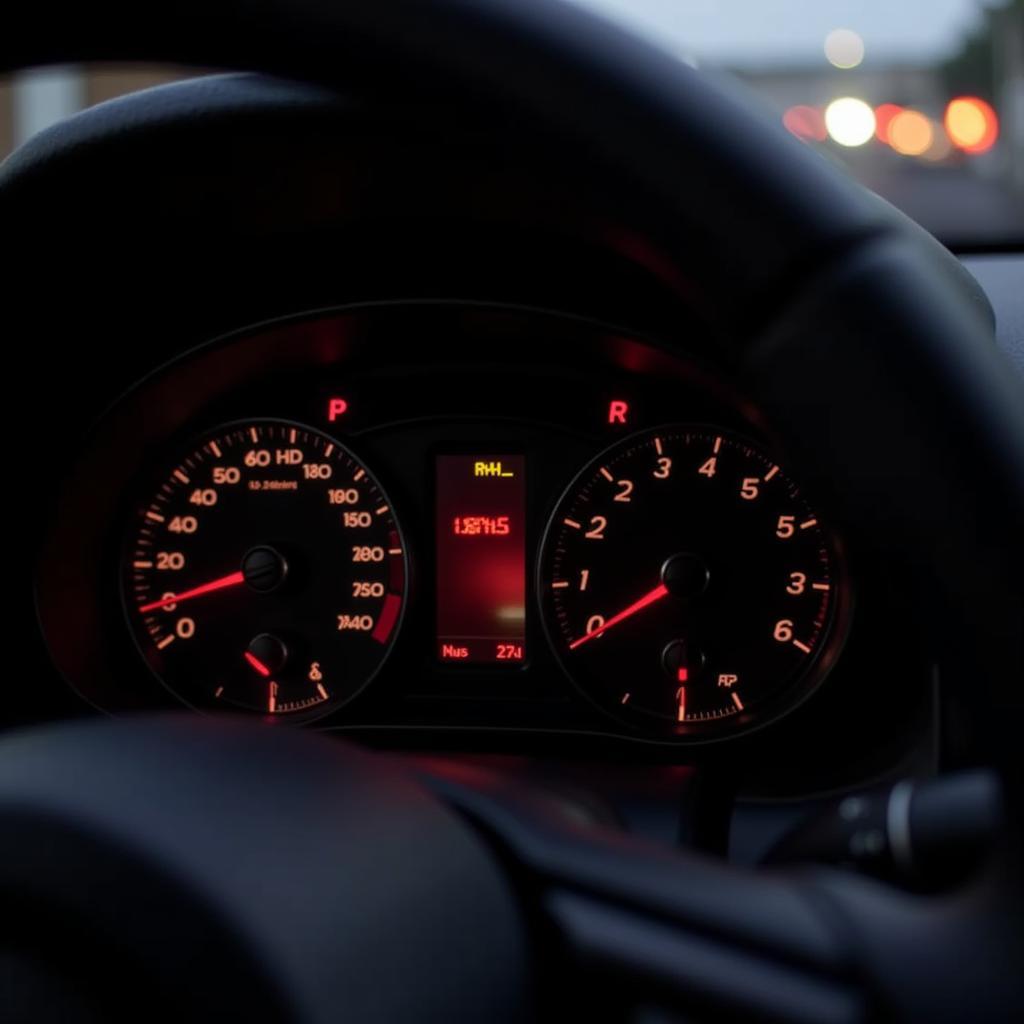A dead car battery is a frustrating experience, leaving you stranded and wondering what went wrong. Understanding the reasons behind a dead battery is crucial for preventing future occurrences and ensuring your vehicle starts reliably every time. This article delves into the common causes of a dead car battery, offering insights into diagnosis, prevention, and solutions.
Having a dead battery can be a major inconvenience, especially if you’re in a hurry. Various factors, from leaving lights on to extreme temperatures, can contribute to this problem. Let’s explore the most common reasons why your car battery might die.
Common Culprits Behind a Dead Car Battery
One of the most frequent reasons for a dead battery is simply leaving your lights on. This drains the battery overnight, leaving you with a car that won’t start in the morning. Similarly, other electrical accessories like the radio or interior lights can also drain the battery if left on for extended periods when the engine isn’t running. Just like a battery parasitic draw, these seemingly small drains can have a big impact over time.
Another common reason is age. Like any other component, car batteries have a limited lifespan. Over time, the battery’s ability to hold a charge diminishes, leading to a dead battery. Extreme temperatures, both hot and cold, can also significantly impact battery performance. Excessive heat can evaporate the battery fluid, while extreme cold can slow down the chemical reactions necessary for generating power.
 Dead Car Battery Due to Lights Left On
Dead Car Battery Due to Lights Left On
How to Identify a Dying Battery
Several signs can indicate a dying battery, such as slow engine cranking, dimming headlights, and clicking sounds when you turn the key. Regularly checking your battery’s voltage can help you identify potential issues before they escalate. A voltmeter can be a valuable tool for this purpose. Remember, a car keeps dying new battery can also indicate a deeper issue, not just a faulty battery.
Preventing Battery Drain
Preventing a dead battery involves a few simple steps. Always double-check that your lights and accessories are off before leaving your car. Regularly inspecting your battery for corrosion and cleaning the terminals can also improve its lifespan. Consider investing in a battery charger or trickle charger to maintain your battery’s charge, especially during periods of infrequent use or extreme weather. “Regular maintenance is often overlooked but is critical for optimal battery health,” says John Smith, Automotive Electrical Engineer at Advanced Auto Solutions.
Troubleshooting a Dead Battery
If you find yourself with a dead battery, jump-starting your car is often the quickest solution. However, it’s essential to follow the correct procedure to avoid damage to your vehicle’s electrical system. If your key fob dead car won t start, there are alternative ways to start your car, but it’s important to address the underlying battery issue. If you encounter the check engine light battery dead scenario, it’s crucial to have your vehicle diagnosed by a qualified technician as there might be other electrical issues.
When to Replace Your Car Battery
Knowing when to replace your car battery is essential. If your battery is more than three years old and showing signs of weakness, it’s likely time for a replacement. “Don’t wait until you’re stranded with a dead battery. Proactive replacement saves you time and hassle,” advises Jane Doe, Lead Technician at Auto Electric Experts. Moreover, if your vantrue n2 pro parking mode battery drain is excessive, there may be settings adjustments needed or potential issues with the device itself.
Conclusion
Understanding the reasons for a dead car battery empowers you to take preventative measures and address the issue effectively. From simple habits like turning off your lights to regular maintenance, keeping your battery in good condition ensures reliable starts and avoids the frustration of being stranded. By following the tips outlined in this article, you can prolong your battery’s life and keep your car running smoothly.


